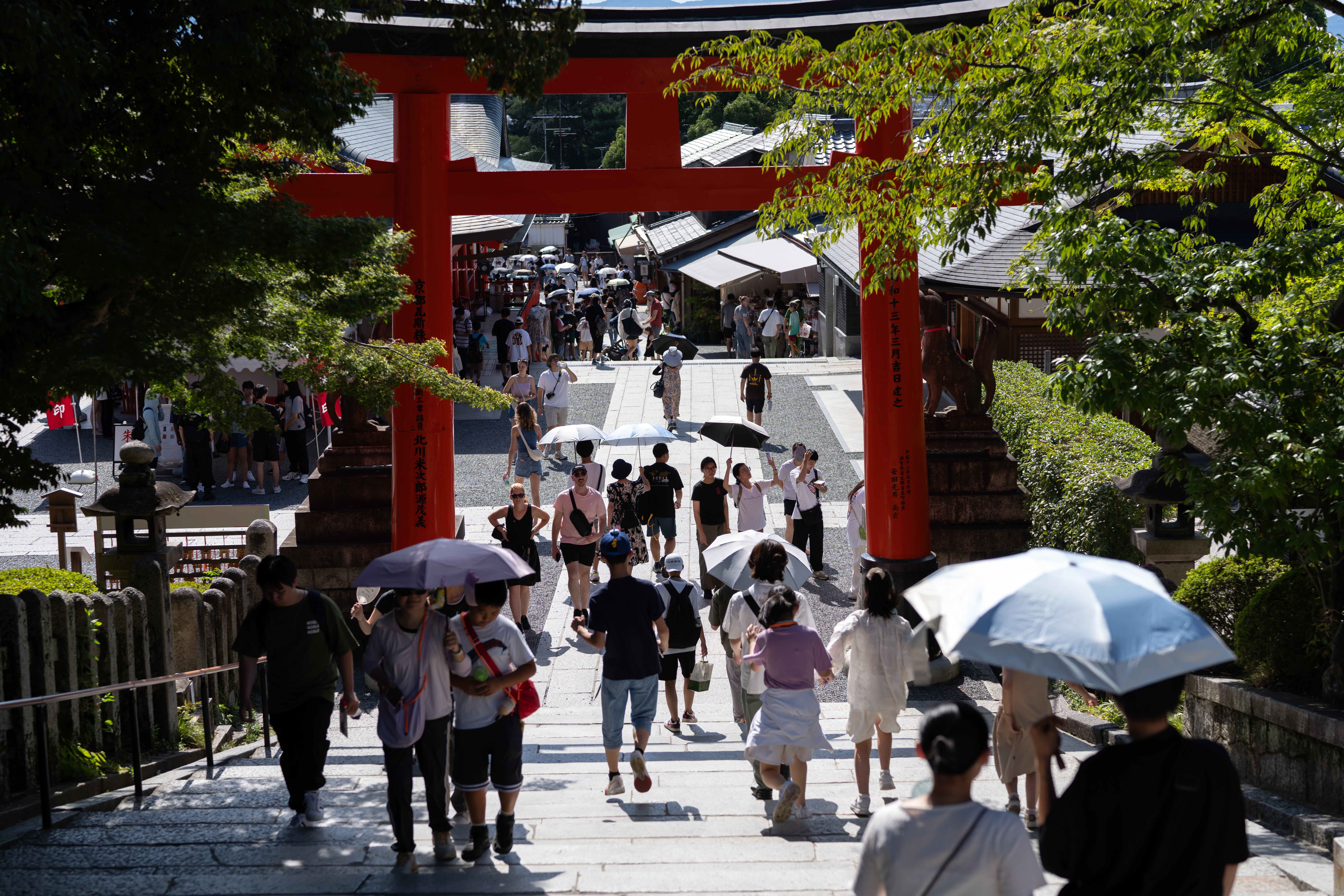When a Chilean woman posted a video on Instagram of herself doing chin-ups on a sacred torii gate at a Japanese shrine, the backlash was almost immediate. For many in Japan this was just the latest example of tourism gone wrong – of foreign visitors with no interest in understanding the local culture using their country as a playground.
International tourism to Japan has exploded in recent years, and while the official figure for 2024 is yet to be released it is now certain to be a new record in excess of the 31.9 million who visited in 2019 before the start of the Covid-19 pandemic.
This boom has corresponded with a rise in clashes between locals and foreigners, from monuments and shrines being defaced with graffiti to the decision to cover up views of Mount Fuji after they went too viral online. Japan has not yet seen the same anti-tourism backlash as Tenerife last summer, where protesters confronted holidaymakers on their beach towels, but there are growing concerns the situation could head in that direction if such clashes of culture are not addressed.
With popular cities like Kyoto, Tokyo and Osaka inundated by crowds of holidaymakers, particularly during the spring sakura cherry blossom and golden autumn colour seasons, the Japanese government is now appealing to foreign visitors to travel during off-peak periods, get off the beaten track – and respect local customs.
Even the Japanese government has been taken by surprise by the surge in foreign visits; it has smashed its target of recovering pre-pandemic tourism levels by 2025. In interviews with The Independent in Tokyo, government officials and industry leaders admitted there are concerns that current trends are not sustainable.
The Japan Tourism Agency, the government body responsible for the country’s tourism strategy, has released a new seven-point guide on “travel etiquette”, asking foreign visitors to educate themselves about local customs before traveling, “mind your manners” while in Japan and “respect cultural assets” including temples and shines.

Japan prides itself on its hospitality, and nowhere is this more clear than in the cultural practice of tea ceremonies….
Click Here to Read the Full Original Article at The Independent Travel…
